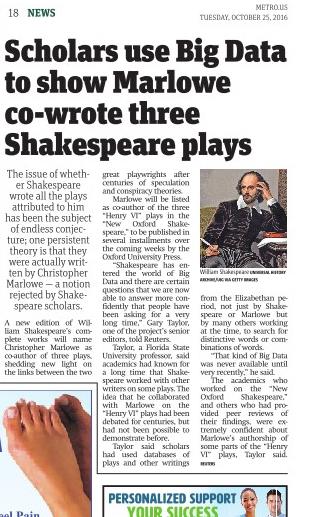As I started to read the Introduction of the article, I asked myself when was Errors and expectations written? I was taken by surprise when I saw 1979 and not a year closer to 2016. Upon reading the following, in some, the numbers were token: in others, where comprehensive policies of admissions were adopted, the number threatened to ‘tip’ freshman classes in favor of the less prepared students. Four such colleges, this venture into mass education usually began abruptly, amidst the misgivings of administrators, who had to guess in the dark about the sorts of programs they ought to plan for the students they had never met, I felt that although 37 years have passed since these words were written, they are so true today. Administrators are making decisions that from a pedagogical perspective do not make sense. I would love to continue with examples, but there would be so many and we need to make short provocation points.
As I continued to read, it was totally amazing how I could relate to the problems that Mina was writing about in 1979 to problems in 2016 in the admitting process. Accept as many numbers possible and we will try to fix them later so that they can catch up philosophy. It reminded me of a comment I heard at a Departmental meeting once, basically, “just make it work.” I was taken back because I had not met my student’s yet, and was concerned as the type of student I would be having in my classroom and that I would have to make adjustments because I had to make the situation work without question.
Mina spoke about the importance the teacher’s for the success or failure of these young adults whom arrive to their Freshman year of college with many errors and it is teacher who is confronted by what appears to be a hopeless tangle of errors and inadequacies, must learn to see below the surface of these failures the intelligence and linguistic aptitudes of his students. And in doing so, he will himself become a critic of his profession and begin to search for wiser, more efficient ways of teaching young men and women to write.
Writing assignments have always caused me many struggles, not only as a student but also as a teacher. Personally, I had to learn how to write academically in English and Spanish (two completely different worlds), so I am aware of the challenge when I am assigning and responding to my students’ writing.
I find that students enrolled in language classes benefit greatly from low stakes writing; having a blog for the class where students contribute on a weekly basis with their ideas and thoughts about many and different topics covered in class (identity, language, ethnicity, etc.) allows them to freely participate and get actively involved. However, I think that the high stake writings are more challenging. I find it useful to elaborate the rubrics as a whole class and assign two drafts before the final version is due. How many drafts do your students submit before the final version? What techniques do you use to improve your students’ writing? On the other hand, I have attended several workshops and read about peer feedback in class. What do you think about it? Does it work with your students? I have tried to integrate it into my class several times but I have not been successful.
Language classes, as many other subjects, are a requirement for College students in which grammar based pedagogy does not have room for critical thinking. Students’ expectations and department policies restrain instructors and adjuncts to use different methodologies – a final common exam must be distributed to all the sections. What can we do to improve our students’ learning experience?



